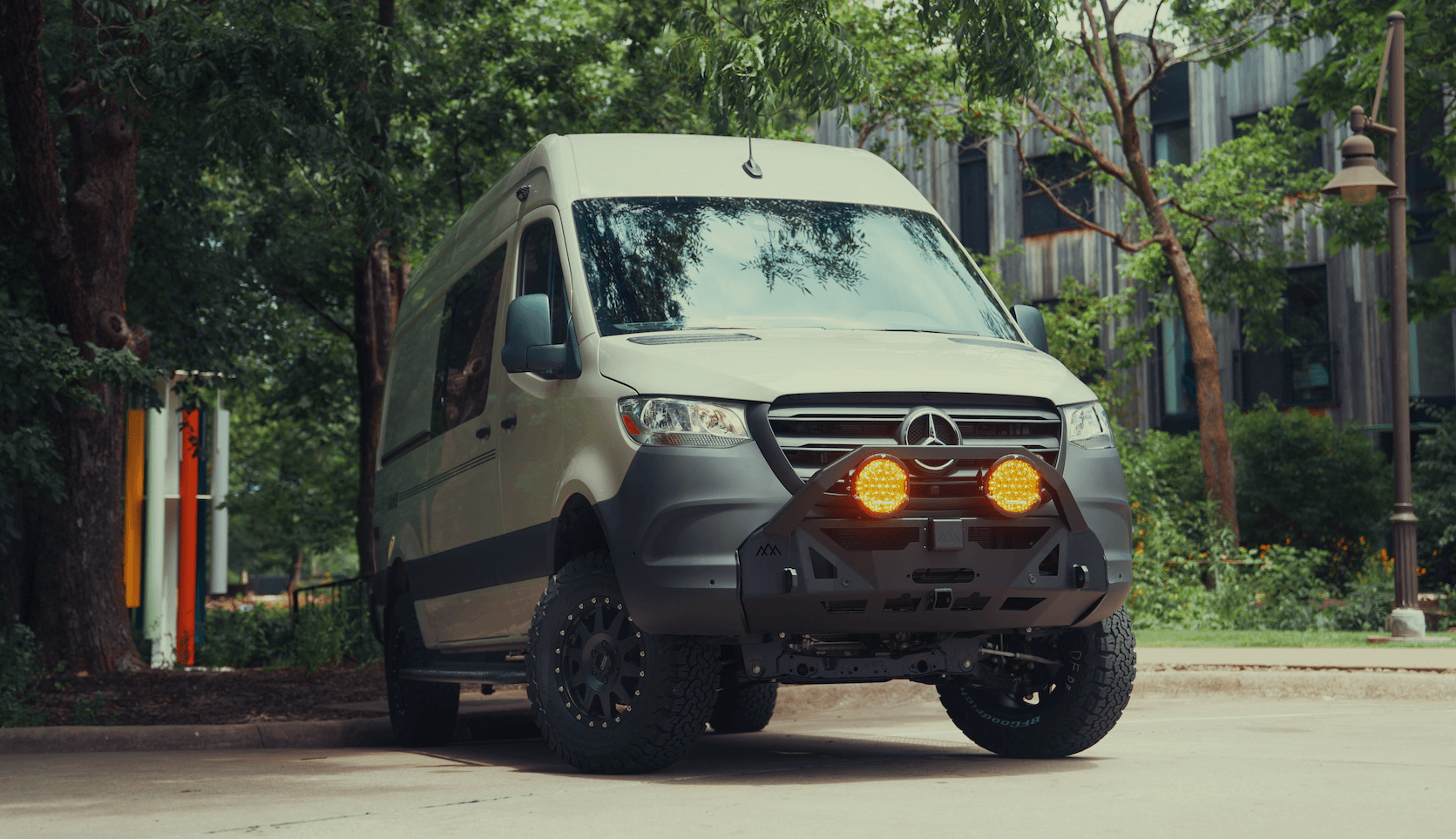Recreational Vans

ANL fuses have a time current curve that tolerates short duration surges while opening on sustained overloads. This is important for inverters, compressors, and motors that have starting surges above their running current. You match the fuse to allow legitimate transients but still clear faults fast enough to protect insulation and terminations.
Use a holder or block that matches the fuse current rating and the system voltage. The block must carry the current continuously without overheating. Secure with properly crimped and heat sealed lugs, maintain correct torque on studs, and protect the assembly from vibration and moisture. Corrosion increases resistance and heat, which shortens fuse life and can damage nearby insulation.
The golden rule is to size the fuse to protect the cable ampacity, not just the device. Select the wire gauge for voltage drop and current first, then choose the ANL fuse based on the lesser of the cable rating or the maximum allowable device protection. Aim for a fuse value around 125 percent of the continuous current when the cable supports it, and verify that brief surges fall under the time current curve.
Reference conservative ampacity guidance for finely stranded marine grade copper conductors in engine room or enclosed spaces. Examples many installers use as a starting point:
Place the ANL fuse as close to the battery or source as practical. In marine practice, standards call for a short distance measured in inches to limit unprotected conductor. In a van or truck, the same logic applies. Every extra inch of unfused cable increases the risk window if chafing or a fastener ever pierces the insulation.
ANL fuses work well for many van and marine builds. However, very large lithium banks paired with high output alternators and big inverters can produce fault currents that exceed what an ANL can safely interrupt. In those cases, Class T fuses offer higher interrupt ratings and faster clearing characteristics. For mid current branch circuits with tight space, MIDI or MEGA fuses can be appropriate. Match the fuse family to the available fault current, the load profile, and the mechanical constraints of the install.
You will get the most from ANL fuses when you treat the electrical system as a whole. Think through sources, storage, conversion, and distribution, then map protection at each step.
A practical checklist:
For multi source builds with alternator charging, solar, and shore powered chargers, every energy path that can backfeed a fault needs an appropriately sized ANL fuse or a more suitable alternative. Big inverters often require an ANL or Class T at the battery and a separate branch fuse for downstream distribution. Keep return paths equally robust, and size negative cables to match the protected positive runs.
ANL fuses are widely available, easy to inspect, and cost effective for high current DC in mobile platforms. MIDI and MEGA are compact and convenient for branch circuits up to a few hundred amps. Class T shines where fault current can be extreme, such as short and heavy battery banks with high C rate capability. There is no one right answer for every system. The correct solution balances safety, performance, serviceability, and space.
If your goals include silent off grid air conditioning, induction cooking, or fast alternator charging, fuse planning deserves the same attention as battery chemistry and inverter size. Properly chosen ANL fuses keep cables within their thermal limits during abnormal events while allowing equipment to perform under normal surges. Place fuses near sources, size for cable ampacity and realistic duty cycles, and select holders rated for the job. That foundation unlocks reliable power day after day.
When you are ready to plan a complete system around these principles, our team designs and builds integrated electrical packages inside premium van platforms. Explore our core build approach at Recreational vans, see how we tailor layouts, power, and protection at Custom build van, or review finance friendly options at Mainstream vans. We specify fuses, cables, holders, and protective devices to match your exact use case, then test every circuit before delivery so your first trip is as smooth as the hundredth.
Get safe, quiet power you can trust. Tell us about your battery, inverter, solar, and charging goals, and our team will specify, build, and install a properly fused DC system. Submit the form to schedule your custom electrical consultation with OZK Customs.
ADDRESS:
6159 E Huntsville Rd, Fayetteville, AR 72701
PHONE:
(479) 326-9200
EMAIL:
info@ozkvans.com